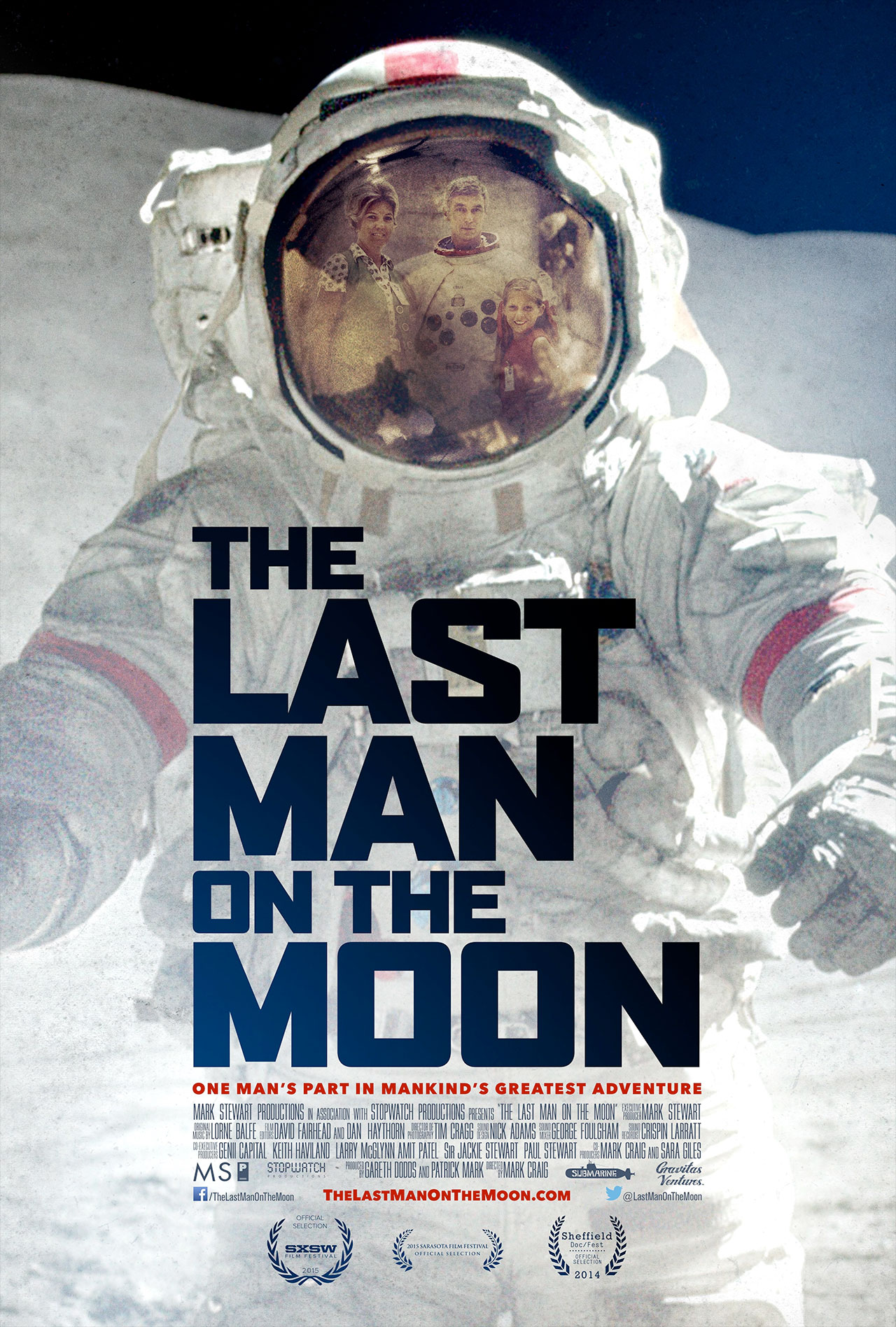

That seems to me a pretty clear acknowledgement that SpaceX is now doing what NASA did during the Apollo / Shuttle exploration programs. Sure, the US government, though NASA, is deeply involved in the effort, and sure, it’s not going to the moon, but it seems that few people involved underestimate the achievement of Musk’s SpaceX.įor example, NASA changed their logo for the SpaceX mission back to the “red worm” logo they used during the last Saturn V launch (the Apollo-Soyuz mission) and for the first half of the Space Shuttle program. Weather permitting, the gist of the Heinlein story will finally play out tomorrow, as a privately developed rocket carries two men into orbit. The first is of course the extremely flamboyant Elon Musk. So in the 50 years since then, the idea of a single person driving the need for manned space flight has been largely forgotten as three governments (the USA, the USSR/Russia and China) controlled, first, access to space, and then second, manned/crewed, spaceflight.īut as the appetite for putting people in space waned alongside the calming of the superpower one-upmanship that had fueled first Sputnik, then Yuri Gagarin and ultimately Apollo, at least two people seem to have become the philosophical descendants of Heinlein’s industrialist, “DD Harriman”. That’s one small step for man, one giant leap for mankind. We choose to go to the Moon in this decade and do the other things, not because they are easy, but because they are hard because that goal will serve to organize and measure the best of our energies and skills, because that challenge is one that we are willing to accept, one we are unwilling to postpone, and one we intend to win, and the others, too.Īnd I’m sure Heinlein was absolutely fine with that.Īnd indeed, on JApollo 11 lifted off, and Heinlein’s story was obsoleted by Neil Armstrong on Jwhen he said: Twelve years after that book was published, John F Kennedy upset the whole premise of the book by saying:

In 1949 or so, Robert Heinlein wrote a novel about an industrialist who believed passionately about the need for lunar exploration that he gambled everything on designing and building a moon rocket, and sending it off to kickstart humanity’s journey to the stars.


 0 kommentar(er)
0 kommentar(er)
